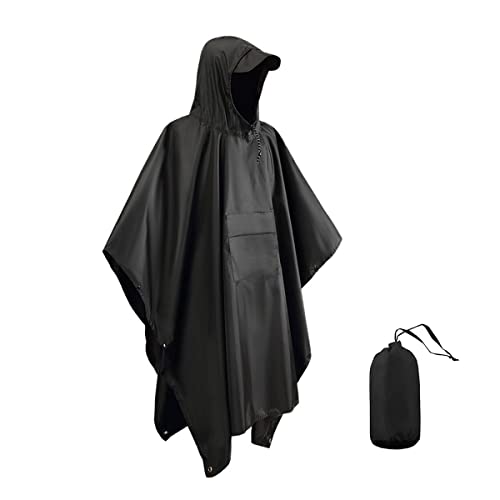Are puffer coats suitable for extreme cold?
Headline: Puffer coats: A popular choice for winter
Puffer coats have become extremely popular in recent years as the go-to winter outerwear choice. Their lightweight yet insulating design, featuring down or synthetic insulation, make them a versatile option for various weather conditions. But are puffer coats suitable for extreme cold? Let’s delve deeper into their features and discuss their effectiveness in extreme cold temperatures.
Headline: Insulation: The key to warmth
The insulation in puffer coats is what sets them apart from other winter jackets. The most common insulation used in puffer coats is down, often from ducks or geese. Down is valued for its high warmth-to-weight ratio, providing excellent insulation without the bulk. Synthetic insulation is also commonly used, offering similar warmth properties as down. Both types of insulation work by trapping air in small pockets, creating a barrier against the cold. This insulation is what makes puffer coats suitable for extreme cold.
Headline: The importance of fill power
When shopping for a puffer coat, you may come across the term “fill power.” Fill power refers to the volume that one ounce of down occupies. The higher the fill power, the more loft the down has, and the better it insulates. Coats with higher fill power are typically warmer and lighter than those with lower fill power. It’s important to consider fill power when choosing a puffer coat for extreme cold. Look for coats with a fill power of at least 600 for the best insulation in extreme cold temperatures.
Headline: Additional features for maximum warmth
Puffer coats often come with additional features to enhance their cold-weather performance. Look for coats with a hood to protect your head from the elements. A fur-trimmed hood can further insulate your face and help protect against wind chill. Adjustable cuffs and hems are also beneficial for trapping heat and preventing cold air from entering the coat. Some puffer coats are designed with a longer length for added coverage, especially in extreme cold temperatures. Consider these features when selecting a puffer coat for extreme cold conditions.
Headline: Layering for ultimate warmth
While puffer coats provide excellent insulation on their own, layering can further enhance their effectiveness in extreme cold. Layering involves wearing multiple lightweight garments to trap heat between the layers. Wool or thermal base layers can help wick moisture away from the body and provide additional warmth. Midweight or heavyweight sweaters and fleece jackets can then be added for insulation. Finally, the puffer coat acts as the outer layer, providing the final barrier against the cold. With the right layering system, puffer coats can keep you warm even in the most extreme cold temperatures.
In conclusion, puffer coats are indeed suitable for extreme cold temperatures. Their insulation, whether down or synthetic, creates a barrier against the cold and keeps you warm. Look for puffer coats with high fill power, additional features like hoods and adjustable cuffs, and consider layering for maximum warmth. With the right puffer coat and layering system, you can stay comfortable and protected from the cold, no matter how extreme the conditions may be.






